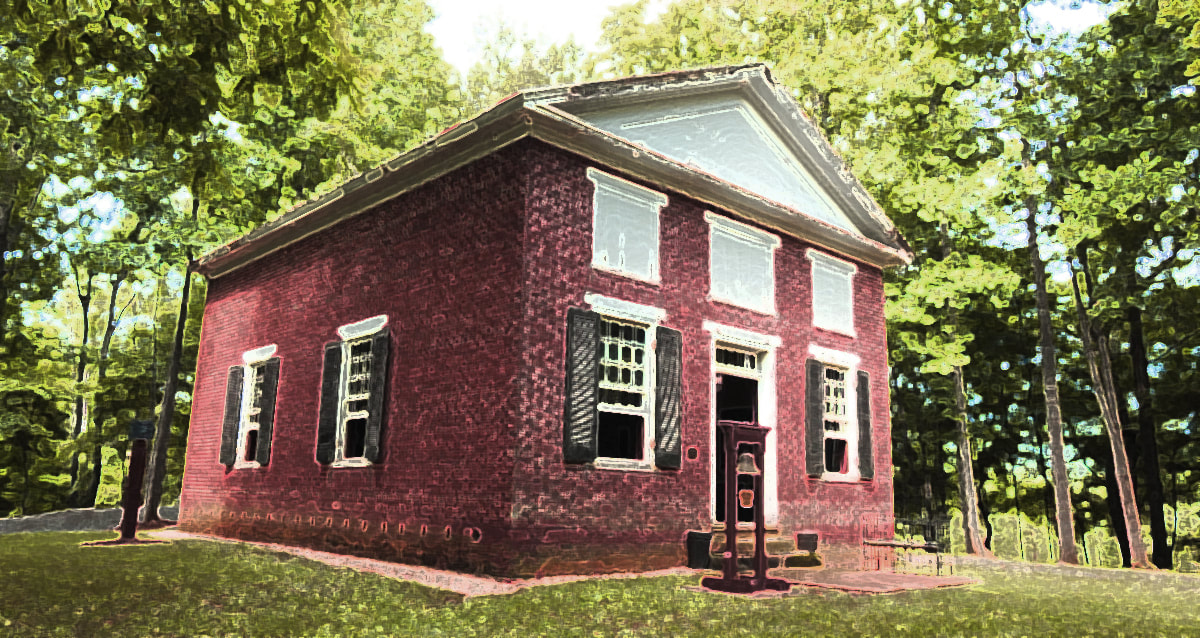We spent the summer gathering materials for our application for an historic easement on Thomas Chapel through Virginia’s Department of Historic Resources. While the chapel and property are already on the Virginia Landmarks Registry and the National Register of Historic Places, the easement will guarantee the chapel’s preservation whoever the future owner is. If the application is accepted, Thomas Chapel will be preserved in perpetuity … at least as much as human resourcefulness and our legal system can guarantee this. Acts of God are a whole other matter.
The easement application process has required us to take a fresh look at the religious and spiritual foundations of our work to restore Thomas Chapel. We were challenged to ponder how this commitment of time and resources to preserve a building in perpetuity can also participate in addressing the world’s great needs? Can these two forms of restoration be held in tension, or work in unison, as we move forward?
In a recent journal article, I read about the restoration of a 15th century French chateau, the owner said; “When we redo them, we wound them a bit. You must find a way to keep the charm while making sure you can live in it and carry it on forever.”
I would argue that the restoration process must seek to heal old wounds that were born in the building’s making. When architecture attains classic status, it becomes isolated from the human conditions under which it was brought into being and from the human consequences that engendered its creation. And when architecture is separated both from the conditions of origin and operation in experience, a wall is built around it and truncates its historical significance opaque and their current use uncertain. The task of restoration is to restore continuity between architecture and the everyday events, doings, and suffering that brought it into being. In other words, our task is not to just restore a building, we must also restore the virtue, while acknowledging the transgressions, of the historical community that sought to build a house of prayer in Thaxton, Virginia.
Thomas Chapel has been, and it is our intention for it to continue to be, a shrine and pilgrimage site for a living faith. But this chapel sat fallow for a half century. Certainly, the chapel’s demise was connected its rural location, its lack of amenities, its uncomfortable pews and inflexible interior arrangement. But is it also possible to imagine Thomas Chapel as living creature waiting patiently for reconciliation from past wounds before it would permit prayer within its walls again? Portiuncula Guild must prayerfully work to earn its access into this 200-year living history.
Patrick Ellis, October 2022
(with a lot of help from John Dewey/Art as Experience/1934)

 RSS Feed
RSS Feed